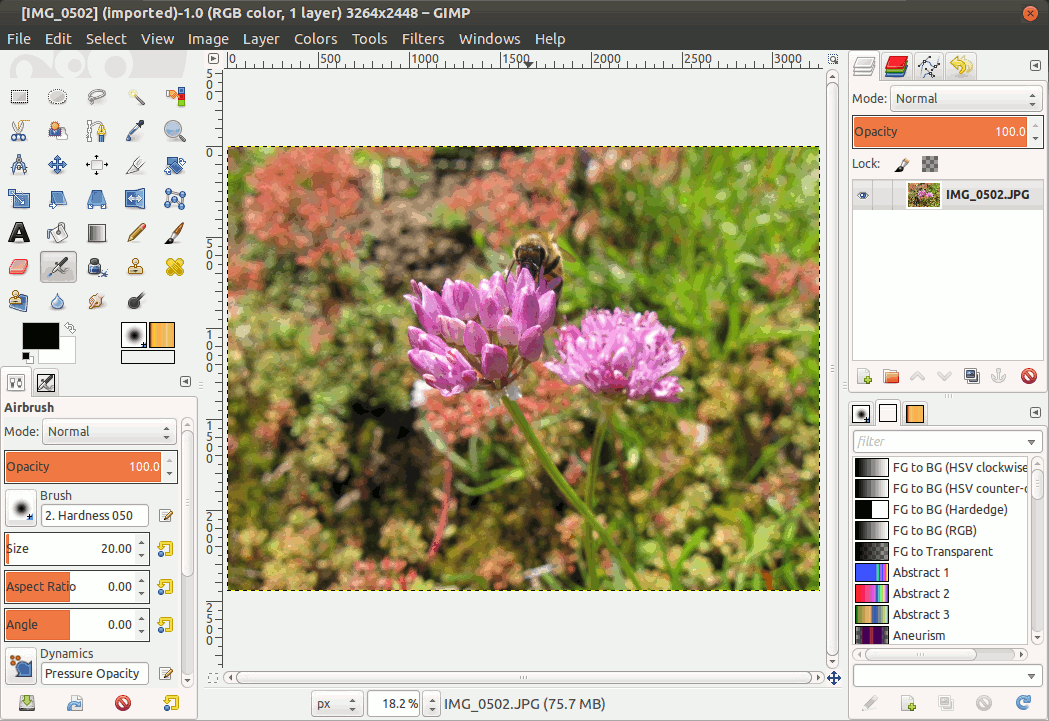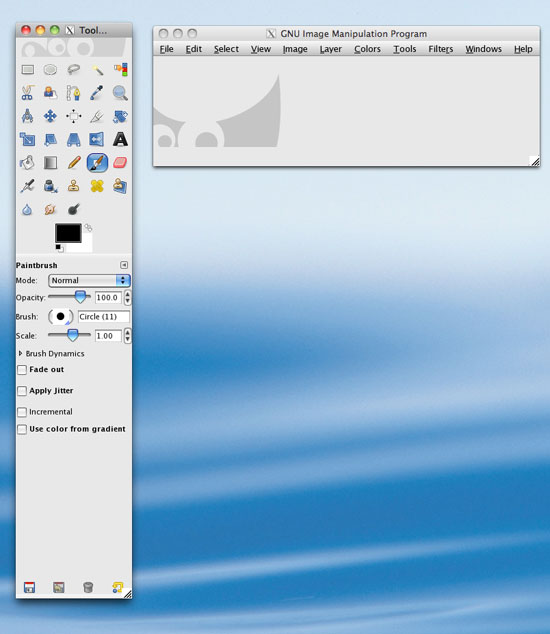


Gap for gimp mac pdf#
Optimizations and multi-threading for painting and display, themes rewritten, gradient tool improved, Initial DDS support, better curve tools, new 3D Transform Tool, PSD support with 16-bit export and PDF plugin with multi pages support. Revamped user interface.įull use of GEGL, including for filters. Single-window mode, layer groups, tool improvements. Partial implementation of GEGL, and first iteration of UI re-design. Improved interface for external device input.
Gap for gimp mac full#
Many user interface changes including full screen editing and a new icon theme. Improvements to Drag/drop and copy/paste to other applications.Ĭolor management support, scalable brushes, new and rewritten selection tools and crop tools. Plugin support, keyboard shortcut editor, previews for transform tools. Instroduction of tabs and docks system, improvements to script-fu scripting, text re-editing, CMYK color support. The development of the GIMP ToolKit has been attributed to Peter Mattis becoming disenchanted with the Motif toolkit GIMP originally used. Since then, GIMP has been ported to other operating systems, including Microsoft Windows (1997, GIMP 1.1) and macOS.Ī GUI toolkit called GTK (at the time known as the GIMP ToolKit) was developed to facilitate the development of GIMP.

The first release supported Unix systems, such as Linux, SGI IRIX and HP-UX. The application subsequently formed part of the GNU software collection. In the following year, Kimball and Mattis met with Richard Stallman of the GNU Project while he visited UC Berkeley and asked if they could change General in the application's name to GNU (the name of the operating system created by Stallman), and Stallman approved. The community began developing tutorials, artwork and shared better work-flows and techniques. The editor was quickly adopted and a community of contributors formed. In 1996 was the initial public release of GIMP (0.54). The acronym was coined first, with the letter G being added to -IMP as a reference to "the gimp" in the scene from the 1994 Pulp Fiction film. In 1995, Spencer Kimball and Peter Mattis began developing GIMP – originally named General Image Manipulation Program – as a semester-long project at the University of California, Berkeley for the eXperimental Computing Facility.


 0 kommentar(er)
0 kommentar(er)
